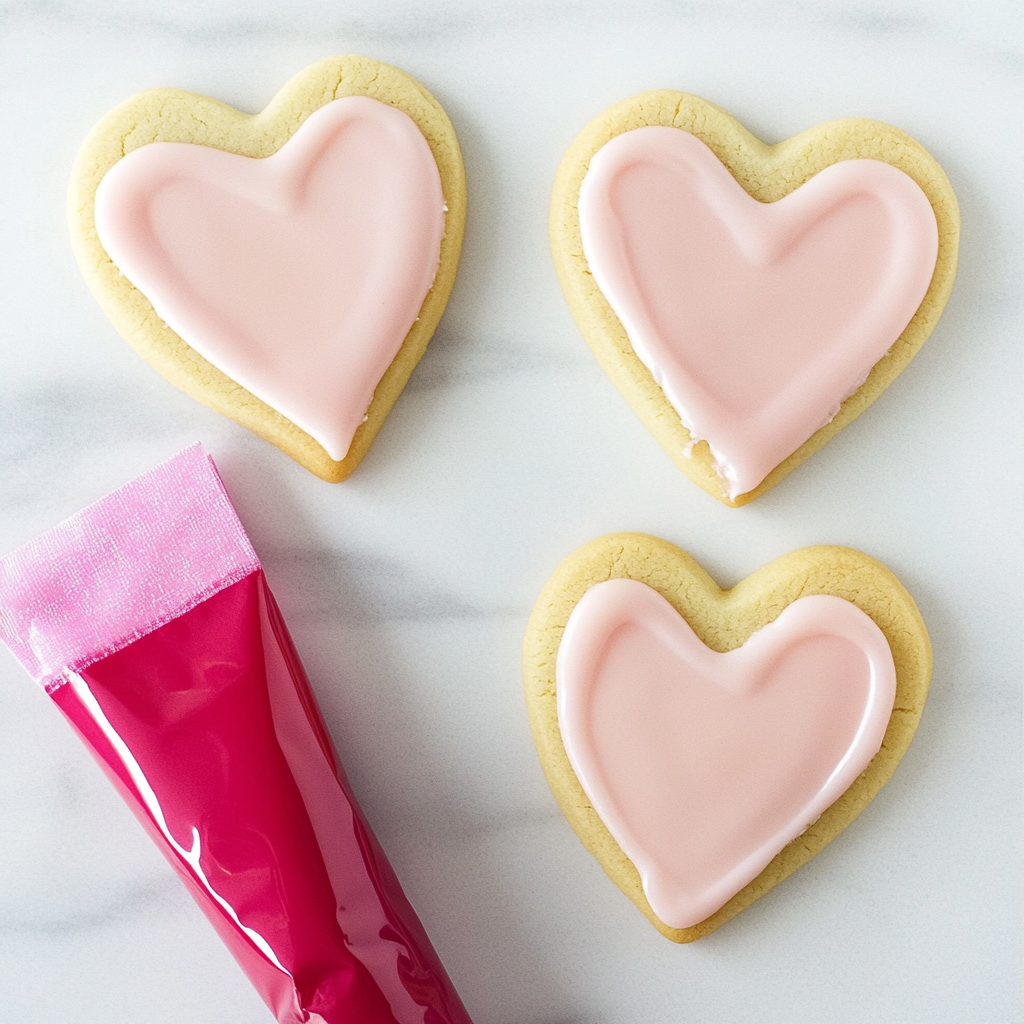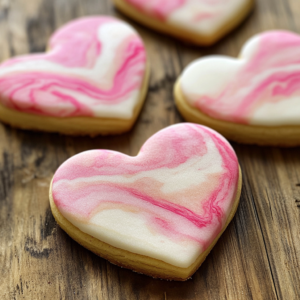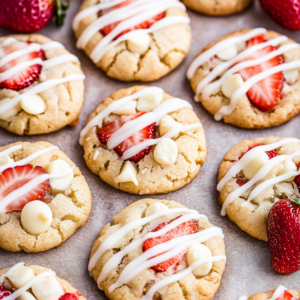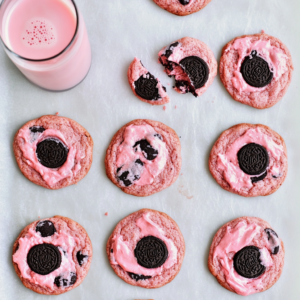Royal Icing is the secret to turning plain sugar cookies into intricate, edible works of art. With its smooth and glossy finish, it’s a go-to for decorating cookies, creating stunning designs, and adding a professional touch to your baked goods. Best of all, it’s surprisingly easy to make and work with. Whether you’re a seasoned baker or a beginner, this guide will walk you through the steps to make royal icing and flood icing, ensuring picture-perfect results every time.
What Is Royal Icing?
Royal icing is a stiff, glossy icing made primarily of powdered sugar, meringue powder, and water. It dries hard, making it perfect for creating detailed cookie designs, piping decorations, and even crafting edible flowers. Flood icing, a thinner version of royal icing, is used to fill or “flood” areas for a smooth, seamless finish. Together, these two consistencies can take your cookie decorating to the next level.
Why Use Royal Icing?
- Versatility: From intricate piping to smooth flooding, royal icing is incredibly adaptable.
- Durability: Once dried, it hardens completely, making your cookies easy to stack and transport.
- Customizable: With gel food coloring, you can create a rainbow of colors to suit any theme or occasion.
Ingredients
Here’s what you’ll need to make royal icing and flood icing:
- 2 pounds powdered sugar (sifted for smoothness)
- 5 tablespoons Genie’s Dream Premium Meringue Powder (or your favorite brand)
- 2/3 cup water (plus more for thinning to flood icing consistency)
- Gel food coloring (optional, for vibrant colors)
Step-by-Step Instructions
1. Prepare the Base Royal Icing
- Combine Ingredients: In the bowl of a stand mixer, combine powdered sugar, meringue powder, and water. If using a hand mixer, use a large bowl to prevent powdered sugar from spilling.
- Mix on Low: Start mixing on low speed with a whisk attachment until the powdered sugar is incorporated. This prevents a powdered sugar cloud from forming.
- Beat on High: Increase the speed to medium-high and beat for about 5 minutes. The icing should become thick, shiny, and white with stiff peaks. The peaks should stand straight up without flopping over.
2. Color the Icing
- Divide and Color: Divide the icing into separate bowls for different colors. Add gel food coloring to each bowl and mix by hand with a rubber spatula until fully combined.
- Consistency Check: Ensure the icing is at a piping consistency (thick enough to hold its shape). Add a tiny amount of water if it’s too stiff.
3. Create Flood Icing
- Thin the Icing: To make flood icing, take some of your prepared royal icing and add water a few drops at a time, stirring constantly. Aim for a consistency where the icing drips off a spoon and reabsorbs into the rest within 10-15 seconds.
- Test the Consistency: The icing should neither sit on top for too long nor disappear immediately. Adjust with more water or powdered sugar as needed.
Decorating Tips
- Use Piping Bags: Place your royal icing into piping bags fitted with fine tips for detailed designs. For flooding, use a larger tip or snip the end of a piping bag.
- Outline First: Start by piping an outline around the edge of your cookie. This creates a dam to prevent the flood icing from spilling over.
- Flood the Area: Fill the outlined area with flood icing. Use a toothpick or scribe tool to spread the icing and pop any air bubbles.
- Add Details: Once the base layer has dried slightly (about 15-30 minutes), you can pipe additional designs on top.
- Allow to Dry: Let the cookies dry at room temperature for at least 12 hours before stacking or packaging.
Storage Tips
- Fresh is Best: For the best results, use royal icing fresh. However, you can store it in an airtight container with a damp towel directly on the surface for up to one week in the refrigerator.
- Long-Term Storage: Meringue powder-based royal icing can last up to a month in the fridge but may require re-whipping before use.
- Freeze Decorated Cookies: While freezing royal icing itself isn’t recommended, cookies decorated with royal icing can be frozen after the icing has fully set.
Pro Tips for Success
- Don’t Over-Whip: Over-mixing can lead to a crumbly texture once the icing dries.
- Humidity Warning: High humidity can affect the drying time and texture of royal icing. Work in a cool, dry environment for the best results.
- Practice Makes Perfect: Royal icing can take some practice, especially when achieving the perfect flood consistency. Don’t be afraid to experiment and learn from each batch.
Special Thanks
This recipe is inspired by my dear friend Heidi from @HeidisSweetTooth on Instagram. Heidi is a master cookie artist based in Boise, Idaho, and her creations are nothing short of magical. If you’re in the area, reach out to her for custom cookie orders that will blow your mind!

Final Thoughts
Royal icing and flood icing are the ultimate tools for transforming simple cookies into edible masterpieces. With a little practice and the right recipe, you’ll be decorating like a pro in no time. Whether it’s for holidays, birthdays, or just because, these techniques are sure to impress family and friends.
Get your ingredients ready and start creating your own cookie art today!








